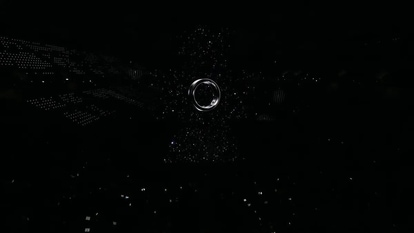NASA Lucy spacecraft’s first-ever asteroid target gets an ASTONISHING name
The first asteroid to be visited by the NASA Lucy spacecraft has been given a new name and it is quite unexpected. Check details.
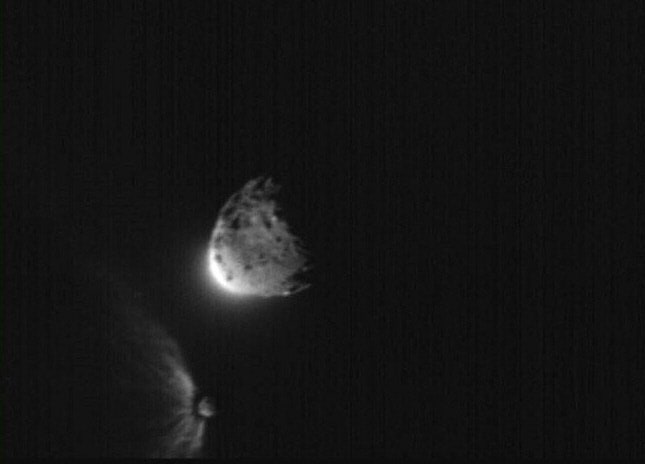
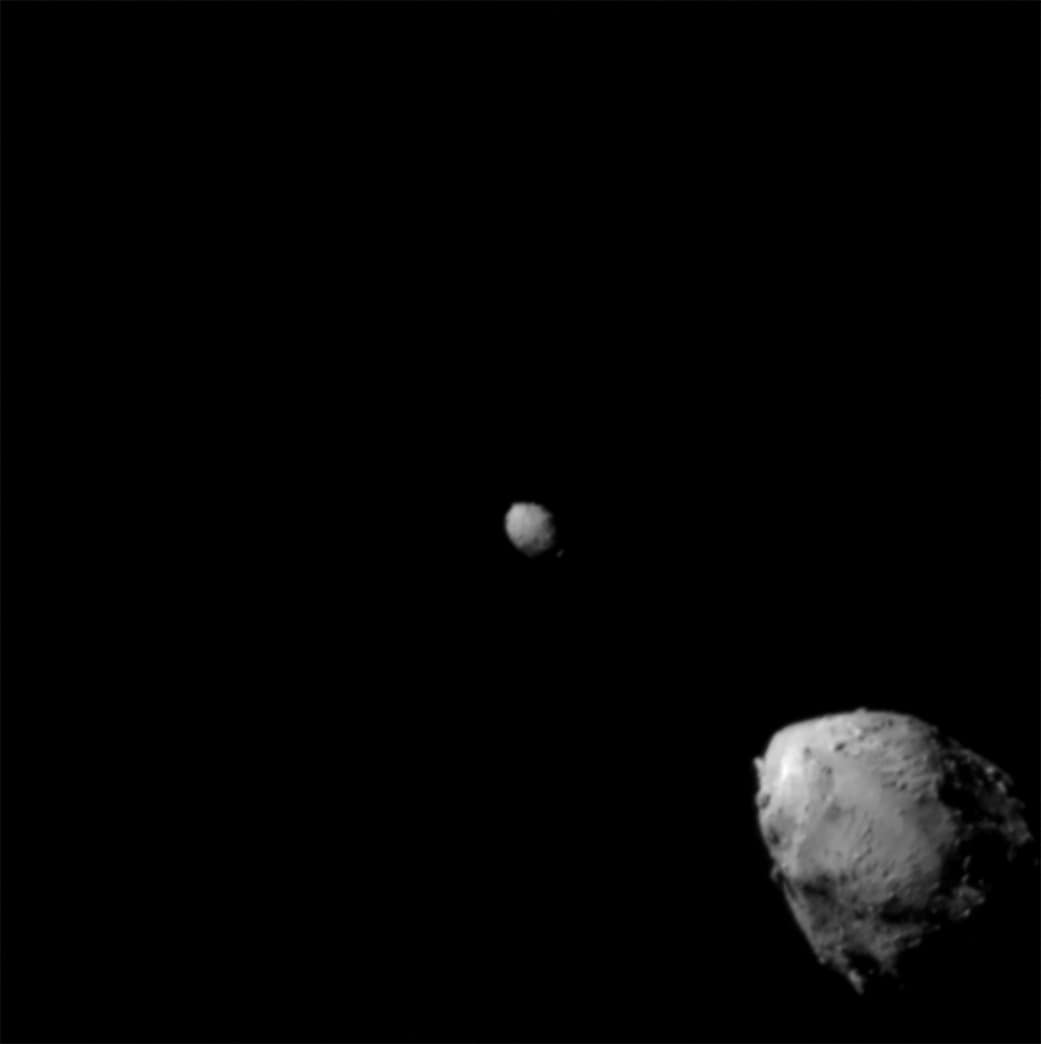
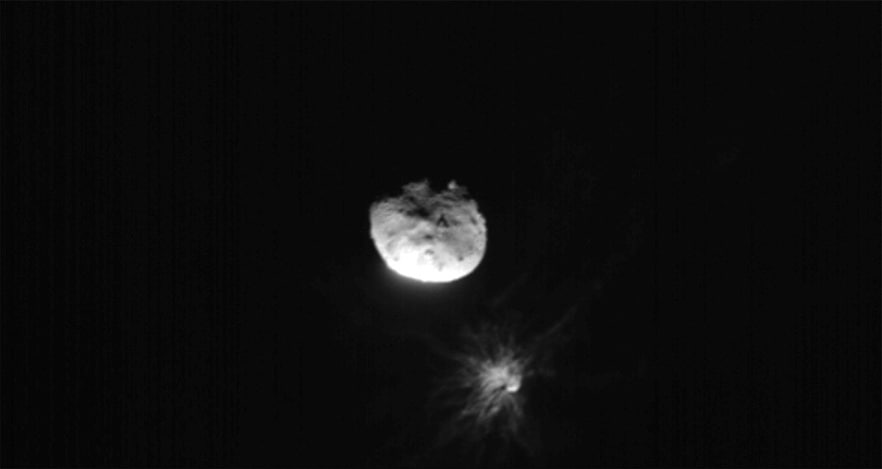
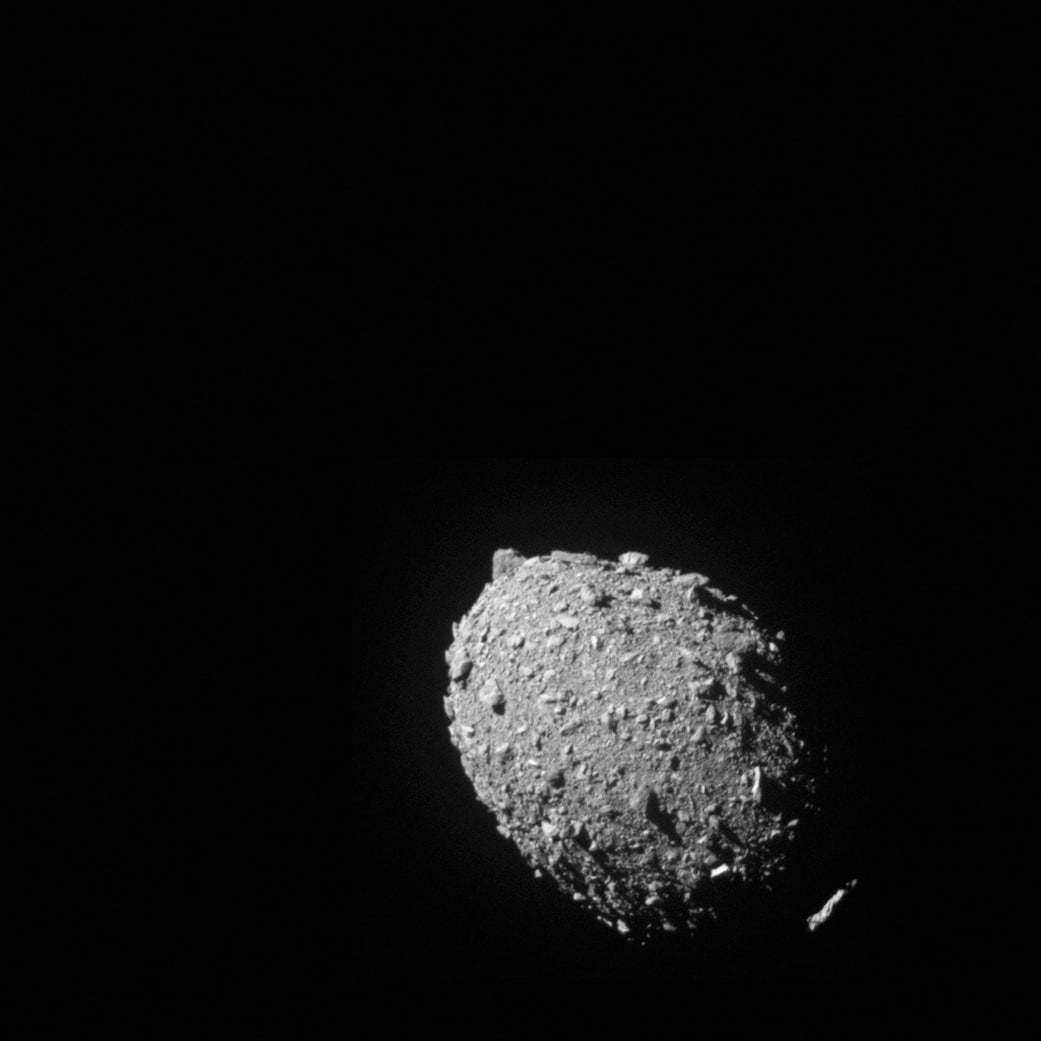
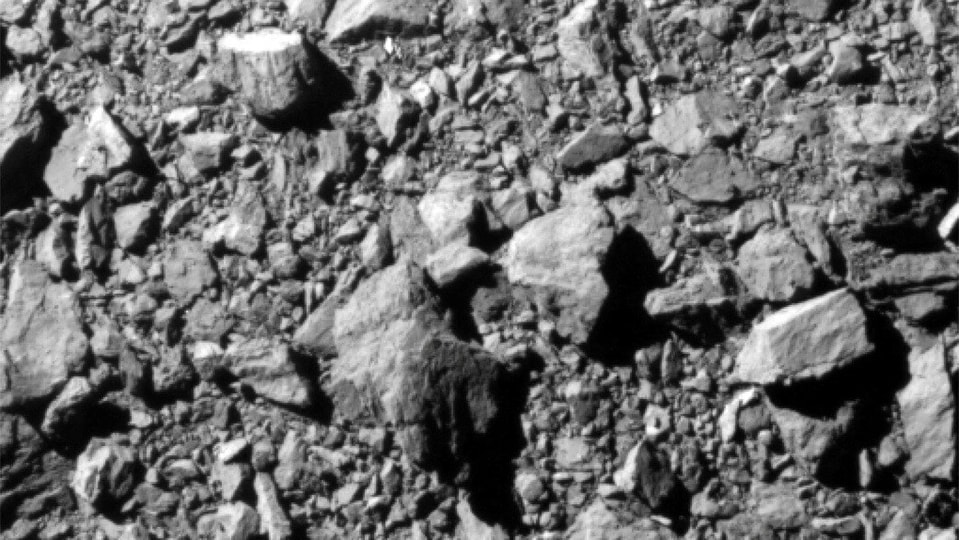
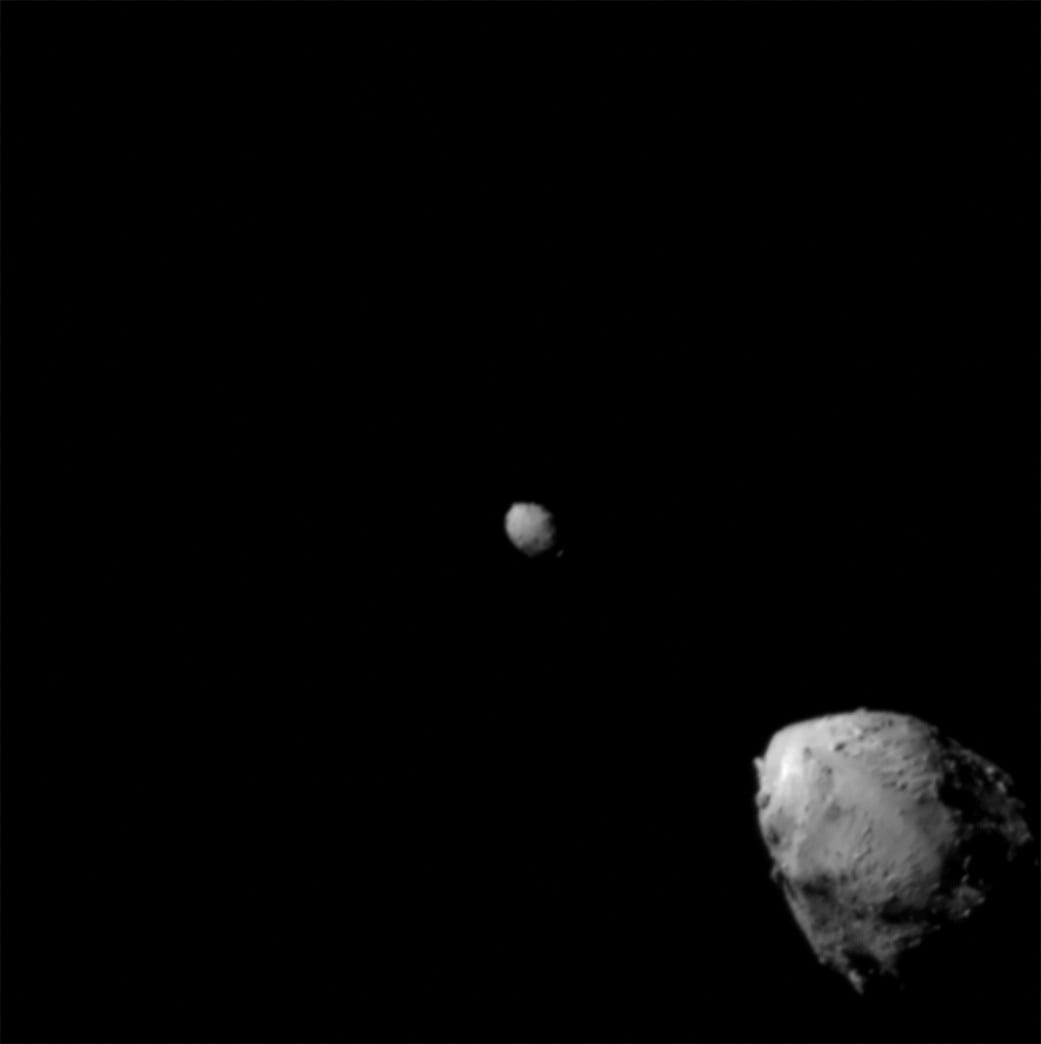
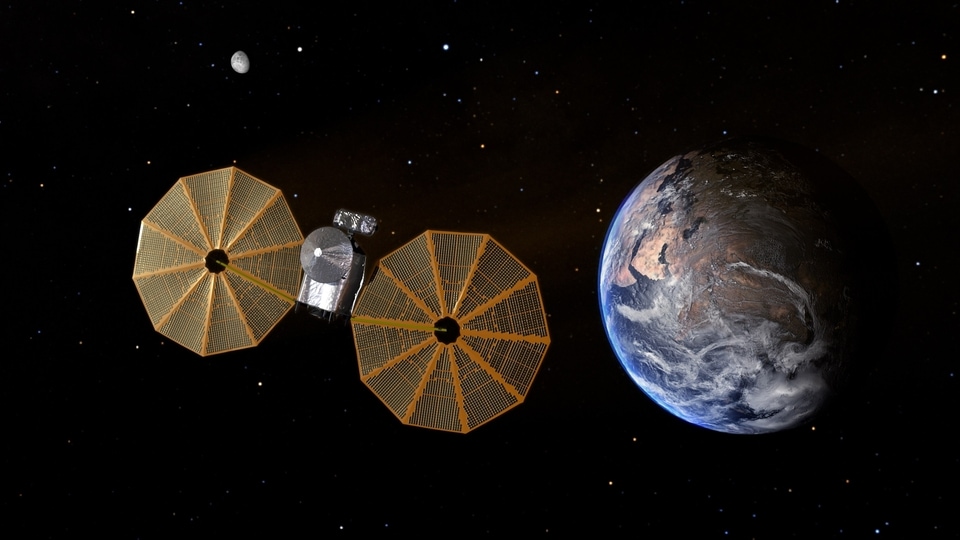
 View all Images
View all ImagesIn October 2021, the NASA spacecraft Lucy took off for its 12-year journey to ten different asteroids with a focus towards the Jupiter trojans, a large group of asteroids that share the planet Jupiter's orbit around the Sun. This is the first time NASA has conducted a mission to study these far-off asteroids. But before it reaches the trojans, first it will travel to two asteroids located in the main asteroid belt between Mars and Jupiter. And as it races to meet the first asteroid in its path, astronomers have finally given it a name. And this is the most unlikely name ever given to an asteroid.
The name of the asteroid
This tiny asteroid, which was discovered in 1999, has been named Dinkinesh. The word comes from the Amharic language which is spoken in Ethiopia, and it means “you are marvelous”. This is the first time this asteroid is getting an official name. Before this, it only had a provisional designation of 1999 VD57, just like millions of other asteroids in the belt. The asteroid is less than a kilometer wide and Lucy is expected to land on it in November 2023.
There is a reason for this name. The name comes from a fossilized Australopithecus afarensis skeleton discovered in 1974 in Ethiopia, which was given the name Lucy and alternatively was also called Dinkinesh.
“This mission was named for Lucy because just as that fossil revolutionized our understanding of human evolution, we expect this mission to revolutionize our understanding of the origin and evolution of our solar system," Lucy project scientist Keith Noll said in a statement.
What is NASA Lucy spacecraft aiming to find
It is believed that the trojan asteroids are actually remnants of the same material that formed the planets in a primitive and untouched condition. This means that these asteroids are essentially fossils of our solar system and can reveal some crucial information that can tell us more about how the solar system originated.
“No other space mission in history has been launched to as many different destinations in independent orbits around our sun. Lucy will show us, for the first time, the diversity of the primordial bodies that built the planets,” NASA said in a statement.
Catch all the Latest Tech News, Mobile News, Laptop News, Gaming news, Wearables News , How To News, also keep up with us on Whatsapp channel,Twitter, Facebook, Google News, and Instagram. For our latest videos, subscribe to our YouTube channel.






























